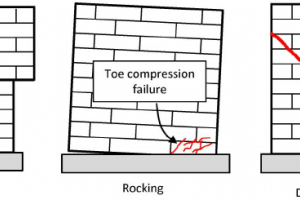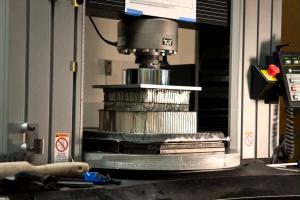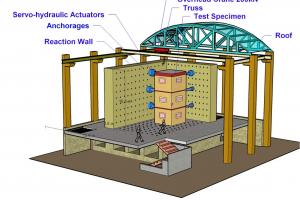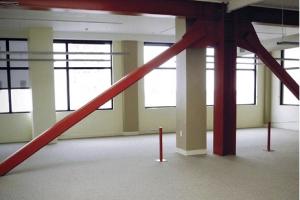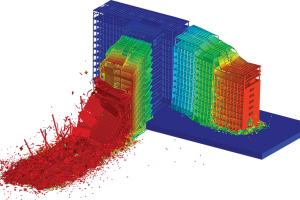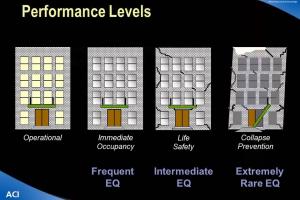PreCast Concrete in Earthquake Regions
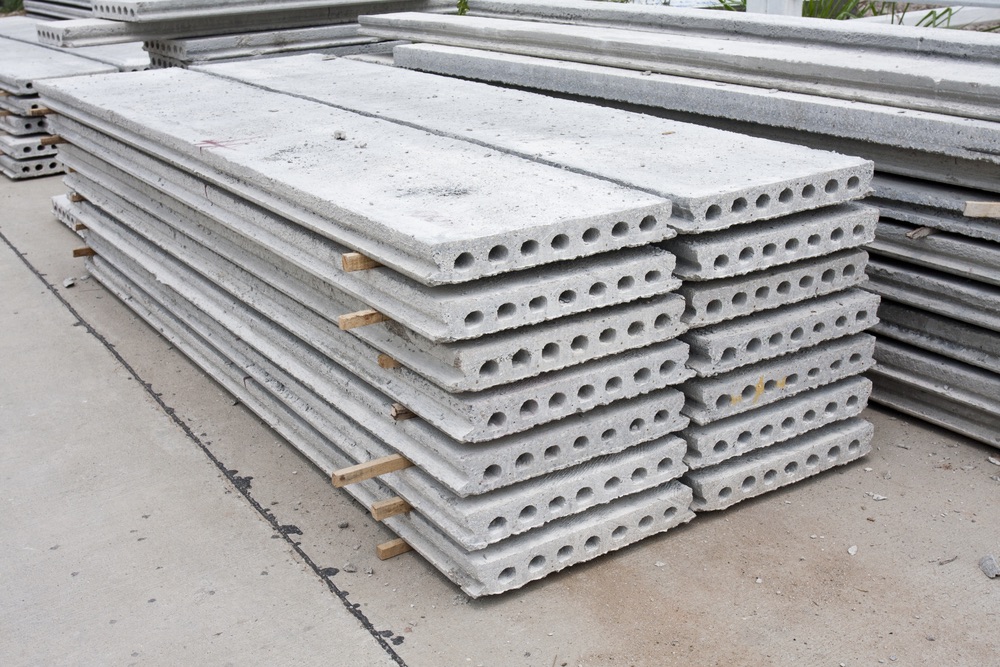
How do concrete precast behave in earthquakes?
Based on experience in past earthquakes in Eastern European and Central Asian countries where these systems have been widely used, it can be concluded that their seismic performance has been fairly satisfactory. When it comes to earthquake performance, the fact is that "bad news" is more widely publicized than "good news."
For example, the poor performance of precast frame systems of Seria 111 in the 1988 Spitak (Armenia) (M7.5) earthquake is well known. However, few engineers are aware of the good seismic performance (no damage) of several large-panel buildings under construction at the same site; these large-panel buildings were of a similar serial as the large-panel buildings.
The precast prestressed slab-column system has undergone extensive laboratory testing that predicted excellent resistance under simulated seismic loading. These buildings have been subjected to several moderate earthquakes without experiencing significant damage.
Due to their large wall density and box-like structure, large-panel (precast concrete panels) buildings are very stiff and are characterized by a rather small fundamental period. For example, a 9-story building in Kazakhstan has a fundamental period of 0.35 to 0.4 sec. In general, large-panel buildings performed very well in past earthquakes in the former Soviet Union, including the 1988 Armenia earthquake and the 1976 Gazly earthquake.
It should be noted, however, that large-panel buildings in the area affected by the 1976 Gazly earthquakes were not designed with seismic provisions. Most such buildings performed well in the first earthquake (M 7.0), but more damage was observed in the second earthquake that occurred the same year (M 7.3), as some buildings had been already weakened by the first earthquake.
Large-panel buildings performed well in the 1977 Vrancea (Romania) earthquake (M 7.2) and in subsequent earthquakes in 1986 and 1990
Seismic-Strengthening Technologies
According to WHE reports, no major efforts have been reported regarding the seismic strengthening of precast concrete buildings. However, seismic strengthening of precast frame buildings was done in Uzbekistan (WHE Report 66). The techniques used include the installation of steel straps at the column locations and reinforcing the joints with steel plates to provide additional lateral confinement of the columns.
 By safe construction, 80% to 90% of loss can be reduced.
By safe construction, 80% to 90% of loss can be reduced.
By constructing houses and public buildings safely, 80% to 90% of loss can be reduced. Because
Disaster risk = Hazard * Vulnerability
- If Vulnerability is reduced, the risk of disaster will decrease.
- Prediction of earthquakes only saves human losses not economic losses due to collapse.
- Most of the earthquake occurs in the ocean.
- Earthquake of Magnitude 6 evolves energy that is equal to 1 Hiroshima atomic bomb.
- Magnitude 7 ==> 100 * Energy evolved = 1 Hiroshima atomic bomb.
- Magnitude 8 ==> 100 * 100 * Hiroshima atomic bomb.
- Earth is not consistent but it's made up of plates.
- Each moves independently.
- Plates are called tectonic plates.
- Earthquakes occur due to the movement of tectonic plates and their head-on collision
Focus:
- Deep in the earth's crust. 5 to 6 - 70 to 80 km depth.
- With more depth, less will be a disaster as more is absorbed inside.
- The projection of focus on the earth's surface is called the epicenter.
- Equivalent Energy is transferred through waves causing vibrations in structure.
- Foundation also moves to and fro. If the foundation is made stable, the structure will be safe. For example, if beams are provided on the foundation and the structure moves on the beams.
- Walls and Columns are the most important from an Earthquake point of view.
- About 1500 tones of steel can be saved in a 60-storey building due to only one level difference in seismic zone.
- 90% of economic losses and 90% of human losses are due to the collapse of buildings.
- Earthquake-resistant building is one that does not collapse even if it has irreparable cracks.
Design span of buildings
- Nuclear power plants -> 2500 years.
- Dams and Bridges -> 500 years.
- Houses -> 50 years.
- Not even small cracks should occur in Nuclear power plants because implications are very high i:e, life safety levels are not common in each type of structure.
- 2% of the total cost can save a building from an earthquake.
Dhajji: Timber frames and bracing. To make earthquake-resistant mortar take 1 bag of cement + 3 wheelbarrows of sand. The mortar should be used within 1 hr.
- Rectangular or square-shaped buildings are good in earthquake resistance.
- Building openings should be well distributed and less.
- Provide beam at plinth + lintel level.
The use of precast concrete in earthquake-prone regions can offer several advantages when it comes to building resilience and safety. Precast concrete construction methods involve producing structural components off-site and then transporting and assembling them on the construction site. Here are some considerations for using precast concrete in earthquake regions:
Advantages of Precast Concrete in Earthquake-Prone Regions:
Consistency and Quality: Precast concrete elements are manufactured under controlled conditions in a factory, leading to high-quality and consistent components. This minimizes the risk of construction defects that could compromise earthquake resistance.
Rapid Construction: Precast concrete elements can be manufactured in parallel with site preparation, reducing construction time. This speed can be particularly beneficial when rebuilding after an earthquake to minimize downtime and disruption.
Enhanced Quality Control: Precast concrete allows for rigorous quality control measures during the manufacturing process, reducing the potential for errors in the construction phase.
Design Flexibility: Precast concrete offers a wide range of design options, allowing for customized earthquake-resistant structures. Engineers can specify precast elements to meet the seismic design requirements of the region.
Ductility and Strength: Precast concrete elements can be designed with the necessary ductility and strength to resist seismic forces. Reinforcements, such as steel bars, can be incorporated into the precast elements to improve their performance during an earthquake.
Connection Details: Precast concrete connections can be designed to withstand seismic forces effectively. Proper connection details are crucial in ensuring the structural integrity of a building during an earthquake.
Reduced On-Site Labor: Precast concrete construction minimizes the need for extensive on-site labor, reducing the risk of injuries during and after an earthquake.
Post-Earthquake Repairs: In the event of an earthquake, damaged precast elements can often be replaced more quickly and efficiently than traditional cast-in-place concrete, reducing downtime and disruption.
Considerations for the Use of Precast Concrete in Earthquake-Prone Regions:
Seismic Design:
Precast concrete components should be designed and engineered to meet local seismic design requirements and standards. This includes designing for lateral load resistance and ensuring the structure can dissipate seismic energy through controlled ductility.
Proper Installation:
Precast concrete components must be installed correctly, and the connections should be well-designed to ensure their effectiveness in resisting seismic forces.
Quality Assurance:
Effective quality control and assurance procedures are critical during the manufacturing, transportation, and installation of precast elements to guarantee their seismic performance.
Maintenance:
Regular inspection and maintenance are essential to ensure that precast concrete structures remain in good condition and continue to provide seismic resilience over time.
Retrofitting:
In regions with existing unreinforced masonry or non-seismically designed structures, retrofitting with precast concrete elements can be a viable option to improve earthquake resistance.
In earthquake-prone regions, it's essential to work with experienced engineers, architects, and contractors who are knowledgeable about seismic design principles and the specific requirements for precast concrete construction. This will help ensure that precast concrete structures are designed and built to withstand seismic events effectively.




